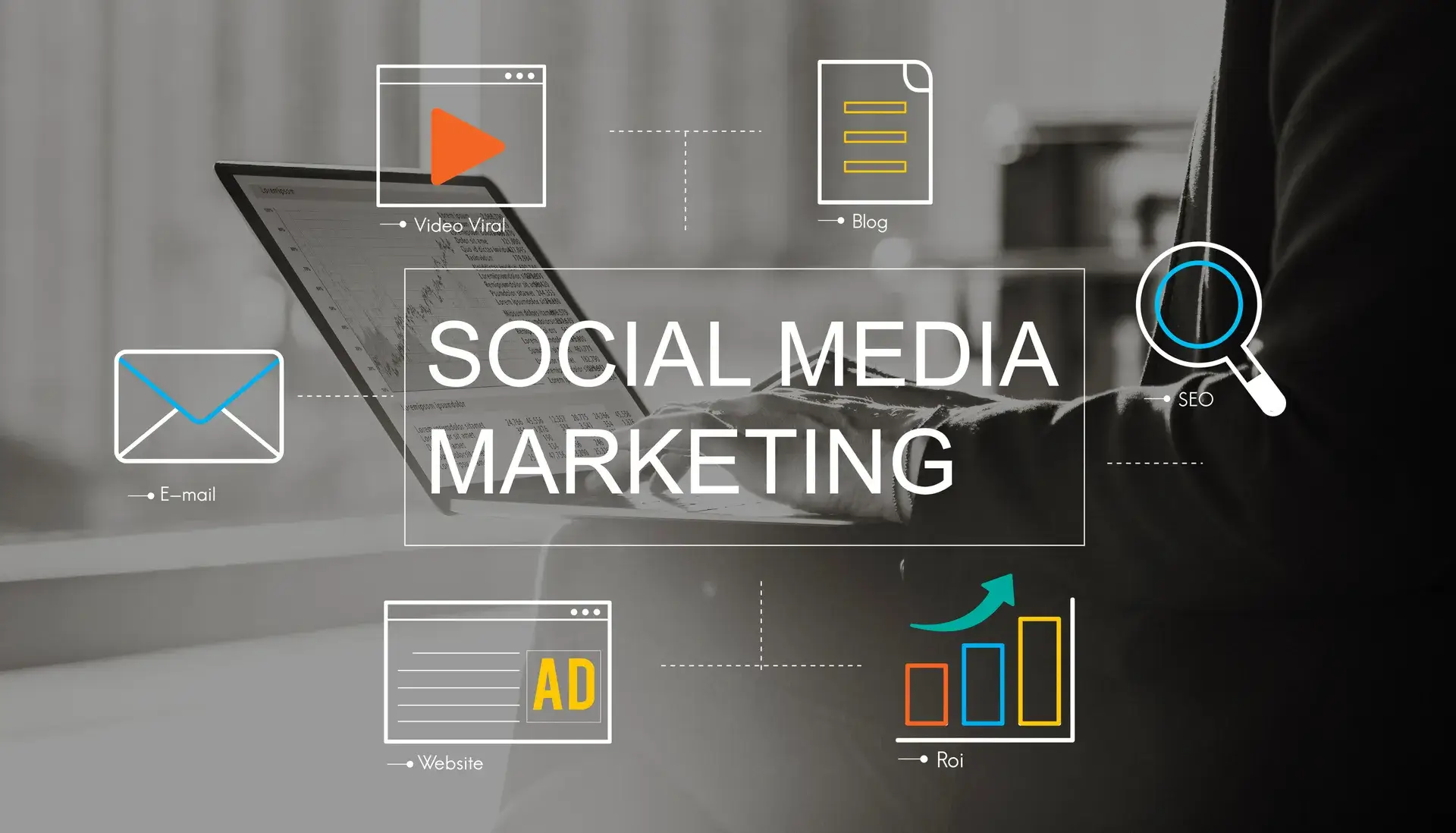Identifying and understanding your campaign target audience is crucial for the success of any marketing strategy. A well-defined target audience helps tailor your message, choose the right channels, and maximize your return on investment. In this guide, we will explore how to define your target audience effectively and leverage that knowledge for better engagement and conversion rates.
What is a Target Audience?
A target audience is the specific group of consumers at whom a company aims its products and services. Understanding this group involves identifying demographic factors, interests, behaviors, and pain points. By doing so, businesses can create highly relevant content that resonates with the audience.
Why Defining Your Target Audience Matters
Knowing your target audience is vital for several reasons:
- Improved Marketing Efficiency: Focusing your marketing efforts on a specific group enhances your chances of reaching interested customers, reducing wastage of resources.
- Customized Messaging: Tailored content speaks directly to your audience's needs, making your marketing more effective and engaging.
- Informed Decision-Making: Understanding who your audience is helps in crafting data-driven strategies that align with their preferences.
Steps to Identify Your Target Audience
1. Conduct Market Research
Utilize surveys, interviews, or focus groups to gather insights about potential customers.
2. Analyze Existing Customer Data
Review your current customer base to identify common characteristics and behaviors.
3. Define Demographics
Consider age, gender, location, income level, occupation, and education to create a clear picture of your audience.
4. Understand Psychographics
Analyze lifestyle, interests, values, and attitudes that influence your audience's purchasing decisions.
5. Create Buyer Personas
Develop detailed profiles representing different segments of your target audience to guide your marketing strategies.
Leveraging Your Target Audience Insights
Once you have recognized your target audience, utilize the insights in the following ways:
- Content Creation: Produce relevant blog posts, videos, or social media posts that align with your audience’s interests.
- Ad Targeting: Use platforms like Google Ads or Facebook Ads to target your audience effectively, ensuring your advertisements reach those who are most likely to convert.
- Product Development: Tailor your offerings or develop new products based on feedback and preferences you’ve gathered from your audience.
Conclusion
Understanding your campaign target audience is not just an optional step; it’s a fundamental aspect of a successful marketing strategy. By following these guidelines to identify and engage with your audience, you’ll be able to create more effective campaigns that drive conversions. At Prebo Digital, we specialize in helping businesses define their target audience and achieve their marketing goals. Contact us today to learn how we can assist you!














